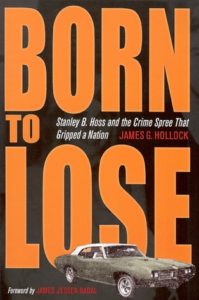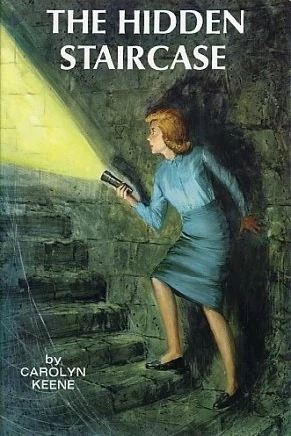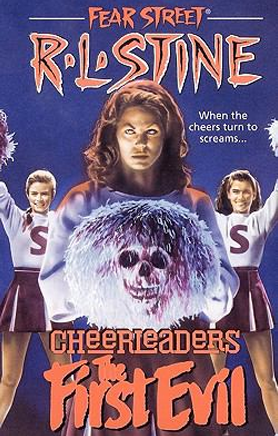Here at Grammatical Art, we love true crime stories in their many forms: TV miniseries, books, podcasts, and Emmy-nominated, Peabody-award-winning documentary parodies.
The first season of American Vandal followed aspiring filmmaker and amateur documentarian Peter Maldonado and his best friend Sam Ecklund as they attempted to exonerate fellow classmate Dylan Maxwell—falsely accused of spray painting 27 dicks on cars in the faculty parking lot—and uncover the identity of the real dick drawer. Season 2 premiered earlier this month, and in a move exemplary of the kind of simple yet genius comedy that makes American Vandal so hilarious, its central mystery revolves around nothing more and nothing less than no. 2.
Fresh off the viral-video fame of their first investigation and now backed by a Netflix production team (yes, they incorporated the show’s Netflix sensation into the premise), Sam and Peter are called in to unmask the anonymous vandal known as the Turd Burglar, responsible for terrorizing a Catholic high school in Bellevue, Washington with not one, but three poop-related crimes, including spiking the cafeteria lemonade with laxatives, leading to a massive, school-wide pooping incident dubbed “the brownout.”
To reveal much more of this season’s plot would be to ruin the delight of watching the mystery unfold because what makes American Vandal so excellent is that—despite (or maybe even because of) its bathroom humor and parody premise—it actually holds up as a compelling entry in the very genre it’s making fun of. Each of the seven episodes leading up to the final eighth episode ends on a cliffhanger that gives you no choice but to press play on the next one. And if season 1 was a scathing indictment of the way the public education system cuts corners and prejudges students, labeling them as worthy or unworthy just so they can promptly give up on them, then season 2 is a hard look at cover-ups, conspiracies, the preferential treatment of athletes as money makers, and the cost of coming of age in the age of social media.
Investigating the poop crimes at a different school where Peter and Sam are outsiders to the social structures of the faculty and student body lends the season more red herrings, more false assumptions, and more plot twists than the show’s first outing. Season 2 could use more of the filmmakers themselves—arguably the strongest and funniest parts of both seasons are the behind-the-scenes moments of Peter and Sam tracking down leads, discussing strategy, and piecing together clues and motives on their crime boards—but when we do see them, the duo shines and the show is as ridiculous and clever as ever.
Is season 2 as funny as season 1? Close, but not quite. At the end of the day, dick drawing just may be inherently funnier than poop pranks, which is not to say season 2 is some kind of sophomore slump. It’s still laugh-out-loud funny, and just like with season 1, when all was revealed and the Turd Burglar was finally unmasked, I was left wanting more. Not because the solve wasn’t satisfying, but because it was just that damn good.
Seasons 1 and 2 of American Vandal are now streaming on Netflix.




